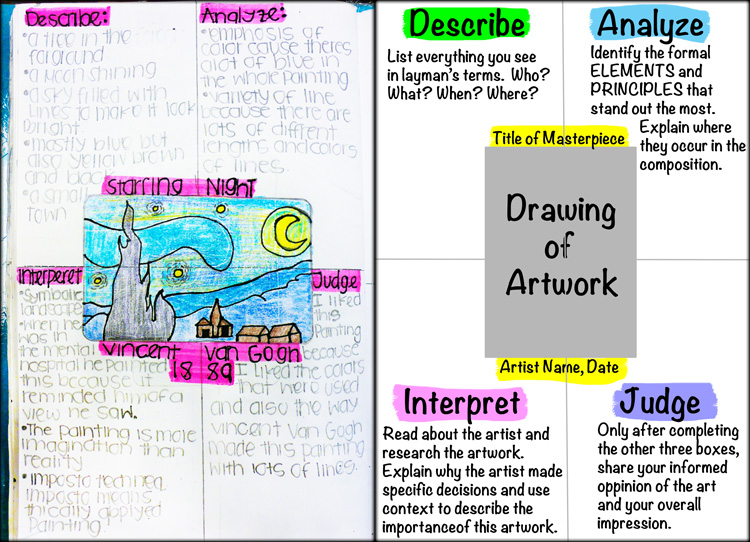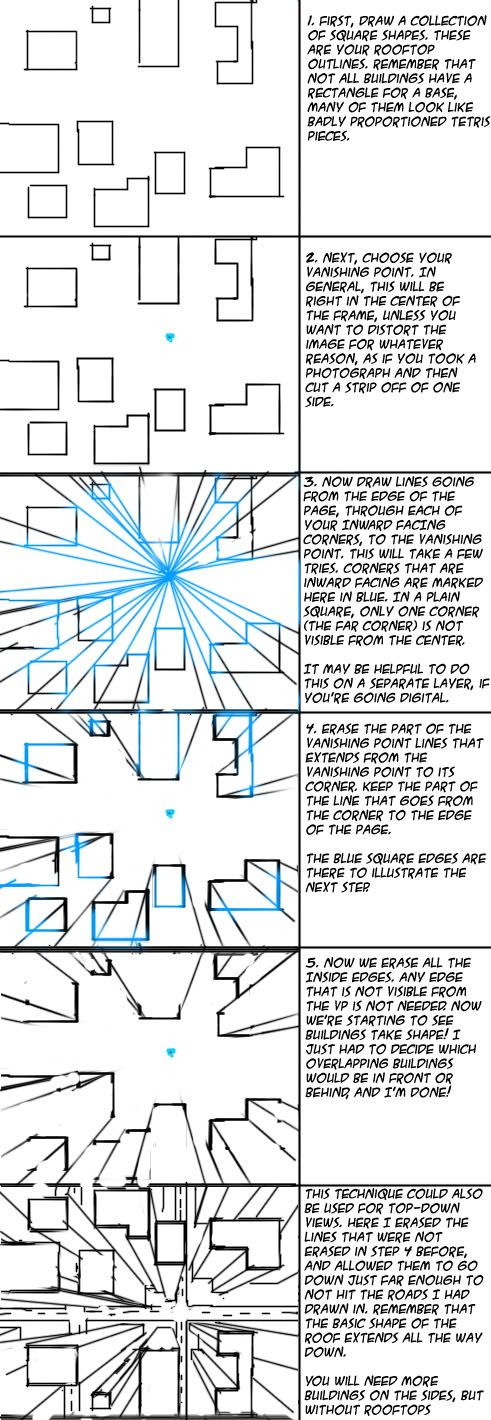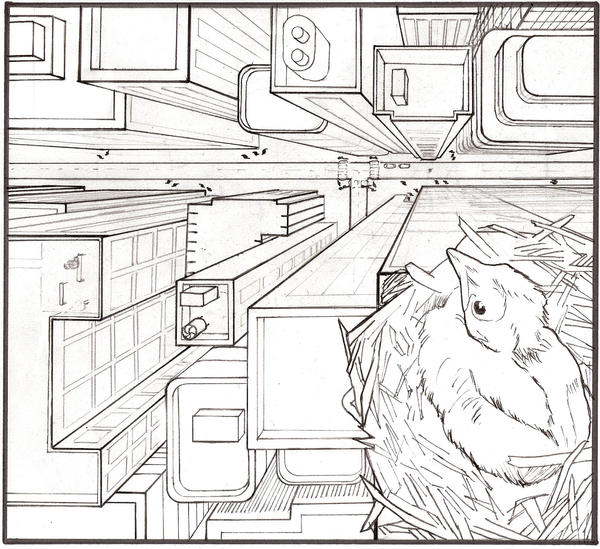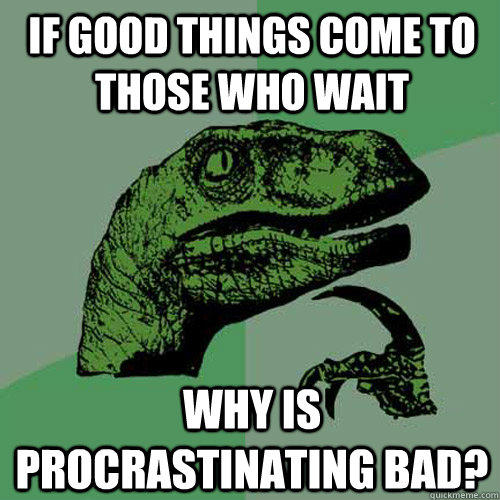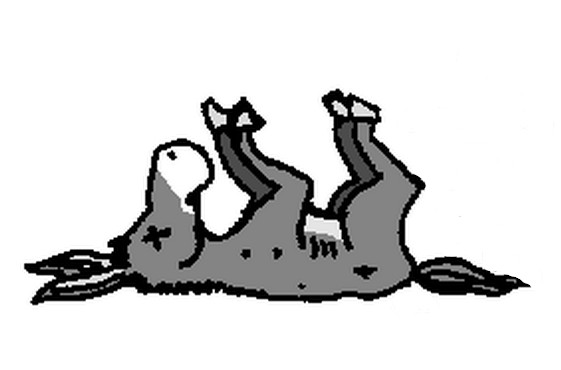The Art Show at RMHS is only three days away. And it's on the same day that progress reports are due. So as you can imagine, keeping up with a blog has not been a priority lately, especially since my students haven't needed it. But this idea behind today's post compelled me to write.
I am a leave replacement teacher in a high school this year. I have spent the past four years working in Student Affairs at colleges. I feel totally hashtag blessed to be teaching art again. While it's been an overwhelmingly joyful transition back into Art Ed, I do have to admit that (as with any first year at a new school, institution, or position), there has been a little bit of a learning curve. My mentor teacher and I share a classroom, which has been immensely helpful and enjoyable, and the administration at my school are some of the most professionally supportive folks I have ever encountered.
But I also have to admit that I've learned a lot about being a better teacher from my students. Maybe it's typical for teachers, or maybe it comes from my experience in Student Affairs, but I have found that some of the most impactful and helpful advice I've received as a teacher this year came masked as complaints from students. Yes, you read that right: complaints.
As teachers of millennial students (and now of the children of millennial parents), I think we often get distracted by what we, as a society, have come to view as "millennial entitlement." We write off our students as whiners and complainers; they are simply accustomed to complaining because they have been raised to believe that the barriers to their happiness and success shouldn't be so difficult to overcome. "Special Snowflake Syndrome" is something that my coworkers and I coined while working in Residence Life. Students who were consistently coming to meet with us for conduct-related incidents and
knew the rules, but felt the rules shouldn't apply to them... those were the folks who seemed to suffer, because they believed they were special snowflakes in a way that defied reason.
I do have a few Special Snowflakes this year, but by and large, I've found that when I take the time to really listen to my students' complaints, to roll the ideas around in my mind and investigate all the facets, I can learn a lot from them. This has been especially true of students who have made the effort to voice their complaints to a guidance counselor or administrator. I have to say, the idea still instinctively makes me cringe; when a student complains about a teacher, bad things can happen. But that has not been my experience this year. The guidance counselor and administrators with whom I have worked this year took the time to create a safe space in which the students were able to more clearly articulate their concerns, which enabled me to find the pieces of the concerns that I could address in my classroom to benefit all the students.
And everyone lived happily ever after.
But the question now is this: how do I create that safe space in my own classroom, so that students do not need to resort to contacting other staff members in order to feel they will be heard?
If you teach, I don't have to explain to you the difficulty. You have somewhere between 15 and 30 students in the room, many of whom need your help or want your attention at any given moment, and then you have Sally, who is clearly upset with the way
something is going. What methods do you use to figure out whether or not that "
something"
bothering Sally is within your control? How do you break away from the chaos and make sure that Sally knows you're willing to listen and not just
saying that you'll listen? How do you help Sally calm herself down so that she can give you something more than an angry rant? Even if Sally makes the effort to come speak to you after class or after school, the likelihood that she will be able to get your undivided attention isn't great (the art room has an ever-present buzz of early and late stragglers, as well as regulars hanging out until we lock the doors for the evening) -- how have you managed this?
I have some ideas, but I'd love to get feedback from other educators. I plan to compile some of the best suggestions here, So please share!
























